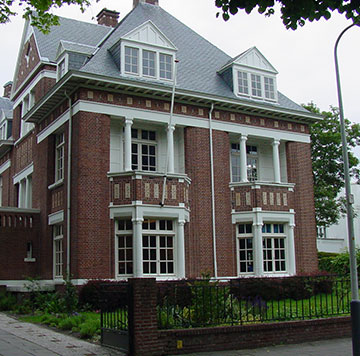The FIP Perspective on Vaccination in Pharmacy
The role of pharmacists in immunisation and vaccination varies across the world. In some countries, pharmacists are primarily involved in ensuring the safe supply and dispensing of vaccines, as well as advocating for immunisation, while in other countries they are empowered to play a more active role, as they are legally authorised to organise vaccination activities and campaigns.
It is estimated that 10 million lives per year could be saved by increasing access to medicines and vaccinations.1 Community pharmacists are therefore in a strong position to provide a major contribution to public health due to their accessibility, distribution and available medicines expertise. During the pandemic in 2020, this accessibility and contribution was amplified as they remained open and accessible to all communities globally. For years, pharmacists have been highly trusted healthcare professionals and can therefore significantly improve communication channels and provide public reassurance on product quality, roles emphasised even more in 2020. Pharmacists can also more easily identify patients at higher risk and specific target groups for vaccination, providing the necessary advice and actively participating in reminder and recall systems to ensure that vaccination schedules are met and regional/global goals achieved.2
The high accessibility and distribution of community pharmacies make them a first point of contact for patients, providing an excellent opportunity to expand and increase access to immunisation services. This is particularly important in rural, isolated and medically underserved areas, where access to vaccination points can be challenging. Also, in the event of emergencies or outbreaks of communicable diseases, pharmacists should be considered as invaluable contributors, together with other healthcare professionals, in the delivery, access and administration of vaccines.
The opening hours of pharmacies mean easy and convenient access to vaccination services both for working and non-working individuals. It is worth noting that a large-scale US study of 7,800 pharmacies found that 30.5% of vaccines were administered outside of the usual opening hours of physician’s offices. The study concluded that a large proportion of adults being vaccinated receive their vaccines during evening, weekend, and holiday hours at the pharmacy, when traditional vaccine providers are likely unavailable.3 The accessibility is never more evident than during the pandemic.
On the technical side, community pharmacists and pharmacies may provide the infrastructure and medicines expertise required by the vaccines supply chain and storage of cold-chain products, and the safety and quality assurance that society demands of vaccines.
Pharmacists are highly trusted healthcare professionals who can offer evidence-based information and advice, which helps build individual and societal trust in vaccines as essential medicines. According to current FIP data, pharmacists play a role as vaccination advocates and patient educators in at least 34 countries, representing approximately half of the world’s population, and they have an active role as immunisers.
Aside from the international diversity of scenarios, with regard to the legal authority of pharmacists and pharmacies to administer vaccines, there are also important differences across countries (or even across subnational jurisdictions in federal states) in terms of the range of vaccines that pharmacies may administer. In a few countries, for example, Argentina, Canada, Costa Rica, Portugal, the UK and the USA, pharmacists are authorised to administer a broad range of vaccines, while in several others the range is more limited. Vaccination against seasonal influenza is the one most commonly administered by pharmacies and is present in all countries where pharmacy-based vaccination is allowed and which have shared data on the range of vaccines with FIP. The rapid increase in the number of jurisdictions that have regulated pharmacy-based vaccination in recent years or expanded the range of age groups and/or vaccines that pharmacists can administer seems to indicate that governments and policy-makers in general understand that increasing vaccination coverage is a public health imperative and that pharmacists should be part of the solution. The wealth of evidence available that demonstrates the impact of pharmacy-based vaccination on immunisation coverage and the economic impact it has for individuals, families, communities and health systems is growing year after year, and this has been crucial to support well-informed policy decisions that recognise and support these expanded roles for pharmacists.

References
- International Pharmaceutical Federation (FIP). FIP global vaccination advocacy toolkit. The Hague: International Pharmaceutical Federation; 2019.
- World Health Organization. Equitable access to essential medicines: a framework for collective action [Internet]. WHO policy perspectives on medicines, Geneva, Switzerland; 2004.
- International Pharmaceutical Federation (FIP). An overview of current pharmacy impact on immunisation – A global report 2016. The Hague: International Pharmaceutical Federation; 2016.
- Goad J, Taitel M, Fensterheim L, Cannon A. Vaccinations administered during off-clinic hours at a national community pharmacy: implications for increasing patient access and convenience. Ann Fam Med [Internet]. 2013 Sep;11(5):429-36.
